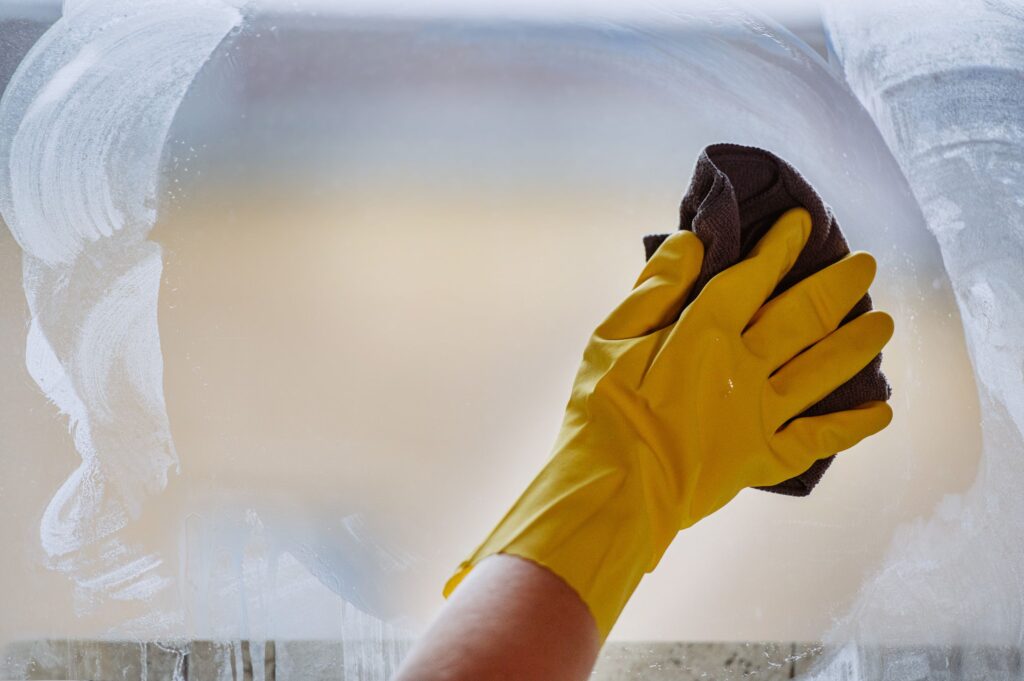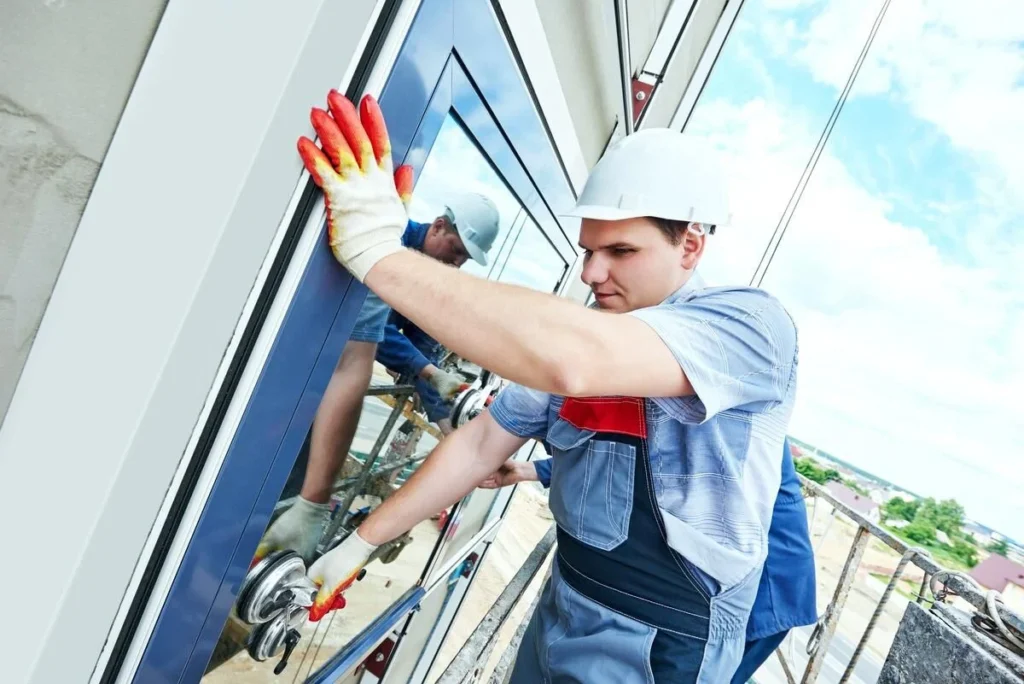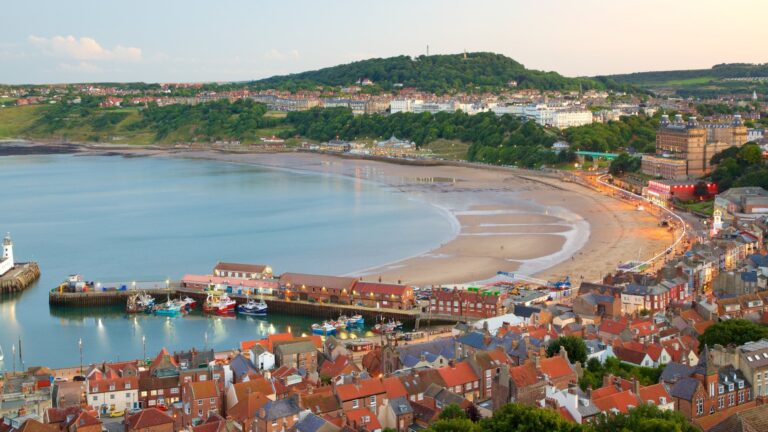Condo boards in Hawaii face a recurring question: when glass panels in windows, lanais, or shower enclosures start to cloud over or show hard water damage, should they be restored or replaced?
The answer isn’t always straightforward. Replacement feels like the obvious fix, but restoration often delivers comparable results at a fraction of the cost. Understanding the difference can help boards stretch budgets without compromising the look and function of a property.
Why This Question Matters for Hawaii Condos
Salt air, humidity, and mineral-heavy water make glass deterioration faster in Hawaii than in many mainland locations. What looks like cosmetic cloudiness can escalate into complaints from residents and guests. Condo boards are under pressure to maintain property values while keeping association fees in check.
- Glass replacement can cost thousands per unit.
- Restoration services, by comparison, can often be scheduled quickly and with less disruption.
- The decision affects not only budgets but also resident satisfaction, resale value, and long-term upkeep planning.
Boards that get this right save money today and reduce headaches tomorrow.
The Role of Hard Water Spot Removal

One of the most common culprits behind cloudy glass in condos is mineral buildup from Hawaii’s hard water. Shower doors and exterior windows often collect calcium and magnesium deposits that ordinary cleaning cannot remove. That’s where hard water spot removal becomes important.
Professional spot removal goes beyond surface wiping, using safe abrasives and polishing methods to restore clarity. Many boards are surprised to learn that what looked like permanent damage is actually reversible. By investing in this kind of targeted restoration early, condos can delay or even avoid the much higher costs of full replacement.
Restoration ─ What Boards Should Expect
Glass restoration isn’t just about making things look better for a week or two. Done correctly, it can extend the usable life of panels by years. Service providers typically use specialized polishing equipment, mineral removers, and sealants that protect against rapid re-staining.
Benefits include:
- Lower costs: typically 50–70% less than replacement.
- Faster turnaround: jobs often finished in hours, not days.
- Minimal disruption: no construction debris or extended access restrictions.
It’s not a one-time fix forever, but for many condos, it’s the most efficient way to maintain appearances while preserving capital.
Replacement ─ When It Really Makes Sense

There are cases where replacement cannot be avoided. Boards need to recognize these scenarios to prevent throwing money at short-term fixes. Replacement is justified when:
- The glass is cracked, chipped, or structurally compromised.
- Seals in double-pane windows have failed, causing internal fogging.
- Past restoration attempts have left visible scratches or distortions.
In these cases, restoration won’t restore function or safety, and delaying replacement may increase liability. What’s critical is separating issues of appearance from structural integrity.
Cost Comparison ─ Restoration vs. Replacement
A side-by-side view helps clarify the trade-offs.
|
Factor |
Restoration |
Replacement |
| Average Cost per Panel | $150–$400 | $800–$2,500+ |
| Timeline | Hours to 1 day | Several days to weeks |
| Disruption | Minimal | Requires construction |
| Result | Clearer, extended life | Brand-new glass |
| Best For | Stains, etching, cloudiness | Broken seals, cracks |
This comparison often surprises condo boards. Restoration provides an opportunity to redirect funds toward other building needs while still solving the glass problem.
Final Takeaway
The choice between glass restoration and replacement in Hawaii condos is about strategy, not just money. Restoration offers immediate relief for most issues, while replacement remains necessary for true structural failures. By understanding the difference, factoring in hidden costs, and implementing smart maintenance practices, condo boards can protect both their budgets and their residents’ satisfaction.
In an environment where every maintenance decision is magnified by Hawaii’s unique climate, a balanced approach pays off. Restoration isn’t a shortcut; it’s often the smartest step forward.







